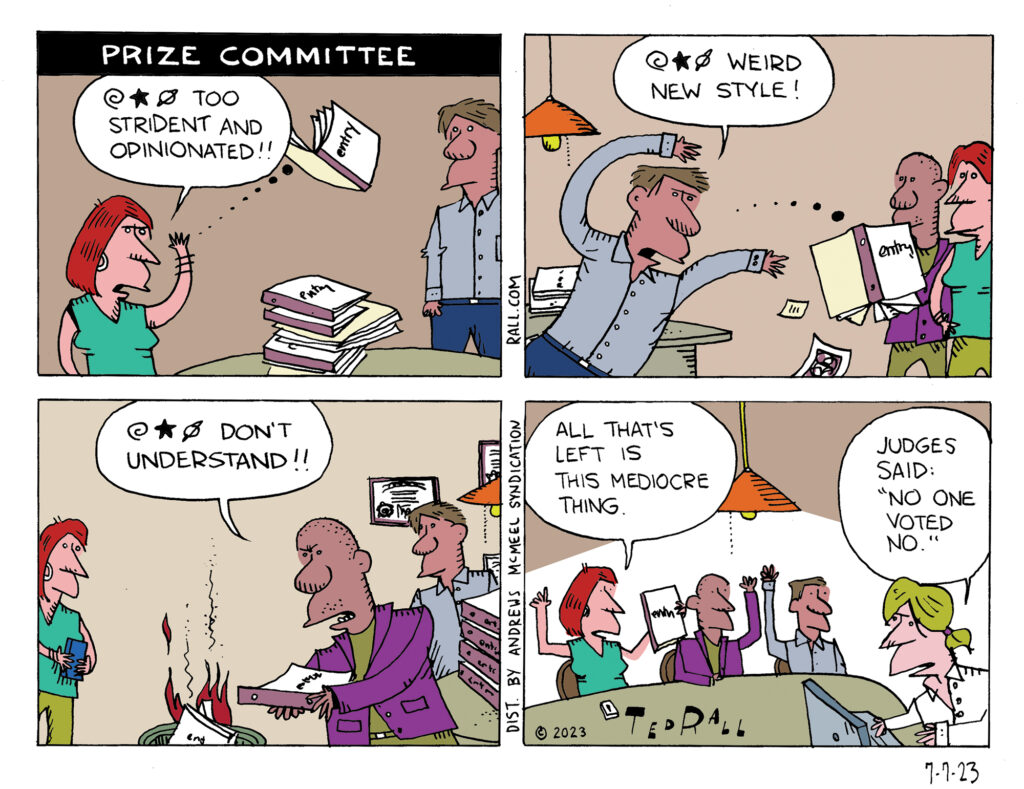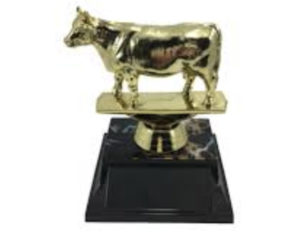DMZ America co-hosts Ted Rall (from the Left) and Scott Stantis (from the Right) turn to their colleague, Pulitzer Prize-winning cartoonist Mark Fiore, known for his hard-hitting animated shorts about U.S. politics, to discuss the fallout of the 2024 election results and to prepare for another four years of satirizing Donald Trump. In what ways can we expect Trump’s second term to differ from his first, and does that mean approaching and criticizing him using a new or different approach? Should we expect the unexpected, and if so what?
The Wall Street Journal has called Mark Fiore “the undisputed guru of the [animated political cartoon] form.” His work has appeared on the San Francisco Chronicle’s website, Newsweek.com, Slate.com, CBSNews.com, MotherJones.com, NPR’s web site and is currently being featured by KQED. Fiore’s political animation has appeared on CNN, Frontline, Bill Moyers Journal, Salon.com and cable and broadcast outlets across the globe. Mark Fiore was awarded the Pulitzer Prize for political cartooning in 2010 and the Robert F. Kennedy Journalism Award in 2004.
Listen to the Audio Version:
Watch the Video Version:

 It may feel surreal, but tens of millions of Americans have already voted and the wild 2024 presidential campaign comes to an end in days. The DMZ America podcast, which began at the beginning of the Biden Administration, reviews how we’ve arrived at this unexpected contest between Trump and Vice President Kamala Harris. Pulitzer Prize-winning cartoonist David Horsey, formerly of the Seattle Post-Intelligencer, joins DMZ co-hosts and cartoonist pals Ted Rall (from the Left) and Scott Stantis (from the Right) to analyze the closing minutes of the race and make their predictions.
It may feel surreal, but tens of millions of Americans have already voted and the wild 2024 presidential campaign comes to an end in days. The DMZ America podcast, which began at the beginning of the Biden Administration, reviews how we’ve arrived at this unexpected contest between Trump and Vice President Kamala Harris. Pulitzer Prize-winning cartoonist David Horsey, formerly of the Seattle Post-Intelligencer, joins DMZ co-hosts and cartoonist pals Ted Rall (from the Left) and Scott Stantis (from the Right) to analyze the closing minutes of the race and make their predictions.


